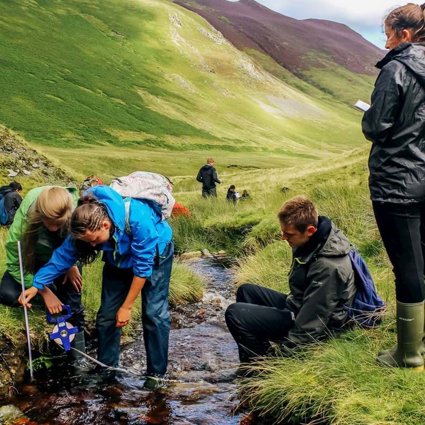
Useful Equipment and PPE
There is a huge range of fieldwork equipment on the market and teachers can be forgiven for thinking that they have to spend a lot of money in order to stock their departments with what they need to carry out fieldwork. In fact, most fieldwork can be carried out simply with data collection sheets and a clipboard, and in many other cases, equipment can be hired or made to save money.
The following pieces of fieldwork equipment are considered the minimum needed to carry out a good range of studies:
-
Clipboard
-
Metre ruler
-
30 cm ruler
-
Tape measure
-
Smart device onto which apps can be downloaded
-
Clinometer
-
Ranging poles
-
Quadrat
-
Identification keys
-
Thermometer
-
Rain gauge
-
Infiltrometer
-
Compass
-
OS maps of the field site
Other equipment might allow students to study a wider range of concepts:
-
Sampling net
-
Beating tray
-
Sample tray
-
Hand lens
-
Soil auger
-
Secchi disk
-
Anemometer
-
Max-Min thermometer
-
Long shore drift buoy
-
Point frame quadrat
-
Callipers
-
pH testing strips
Some digital equipment is available to provide students with accurate readings:
-
Oxygen and nitrate meter
-
Light meter
-
Flow meter
-
Digital weather station
-
Decibel counter
-
Digital microscopes
In addition to fieldwork equipment, there are a number of items that geography departments should source to allow students to carry out certain activities safely. These include:
-
·High-visibility waistcoats if walking along roads without pavements
-
A throw rope for use around water
-
A thin mat (such as a yoga mat) for use around salt marshes and quick sand
-
A sharps box to allow for the removal of sharp and potentially dangerous materials if necessary
-
Hard hats if working near to unstable cliff faces
-
Goggles if students will be breaking up rocks
-
Safety shelter in case an emergency shelter is needed in extreme weather
-
Disposable gloves and alcohol gel to protect hands from irritation
-
Gauntlet gloves and waders for use in deep water
